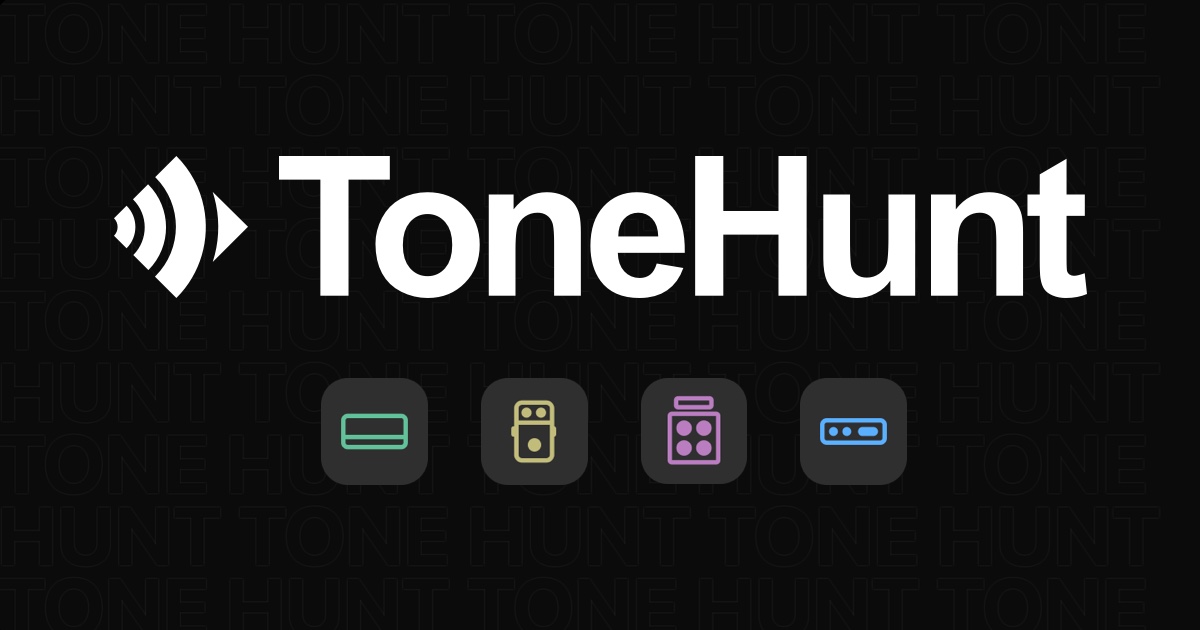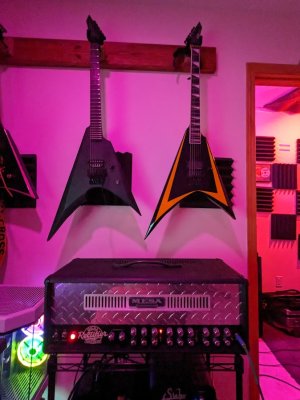D
Deleted member 490
Guest
As I said previously it could probably be done by capturing and training at a higher sample rate, but currently they don't allow to do that. We'll see in the future.Thanks DLC86 for all the work !
I'm totally out of my depth here, but is it therefore the case that AI generated Capturing techniques from Tonex or NAM cant be oversampled to mitigate aliasing (?) whereas component modelers like the Axe and Helix can be and are oversampled to mitigate aliasing (?)
Ben



